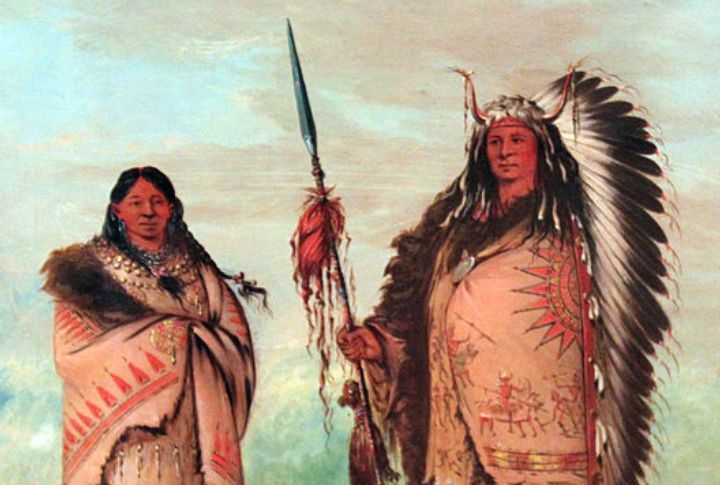
Tradition resonates in cherished moments and sacred places, carried forward through language and woven into the very land itself. Across the United States, ten Indigenous tribes carry forward their histories while shaping modern identities. Through powerful photographs and vivid cultural glimpses, this journey reveals how heritage lives on in practices that continue to shape daily life.
Navajo (Dine)
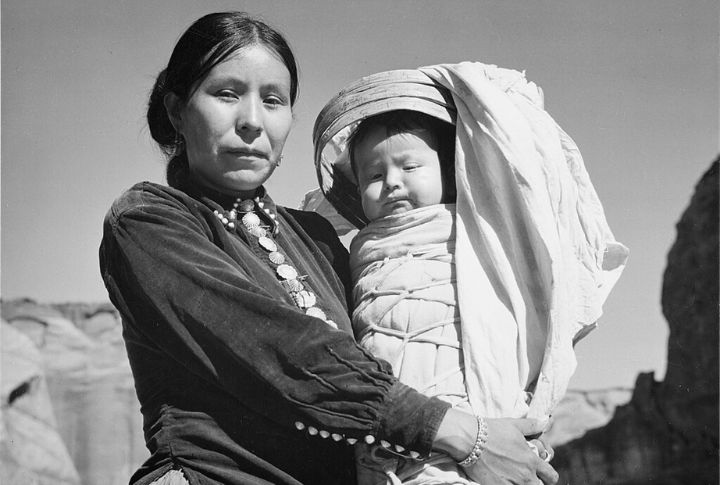
Also known as the Dine, the Navajo Tribe originated in the American Southwest region and became the largest tribe acknowledged by federal authorities in the U.S. Known for their ceremonial sand paintings, intricate weaving, and silverwork, they carry forward traditions shaped by resilience, especially after the historic Long Walk of 1864.
Sioux (Lakota, Dakota, Nakota)
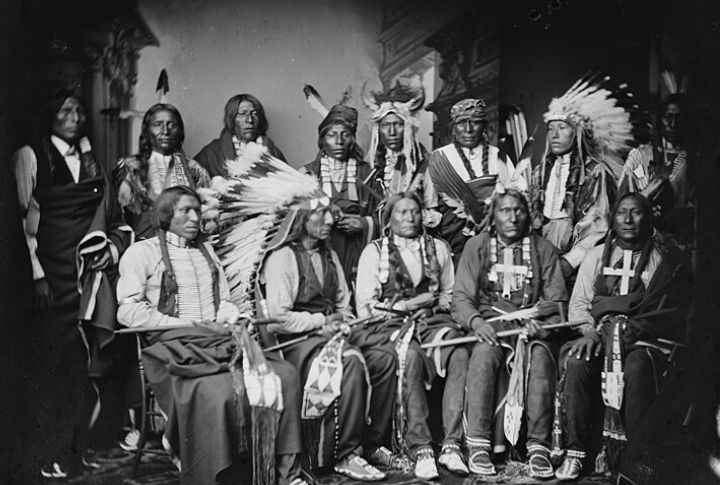
The rich heritage of the Sioux Tribe that originated in the vast northern Plains is divided into three distinct nations, namely the Lakota, Dakota, and Nakota. Anchored in the spirit of sovereignty, their legacy is sustained by ancestral practices, which are renewed through language and spirituality.
Apache

The rugged Southwest was once home to the Apache Tribe, known for their fierce independence and adaptability. Their legacy endures in vibrant traditions, like the Sunrise Ceremony, which marks the transition to adulthood. Their influence is also seen in the art throughout New Mexico and Arizona.
Iroquois (Haudenosaunee)
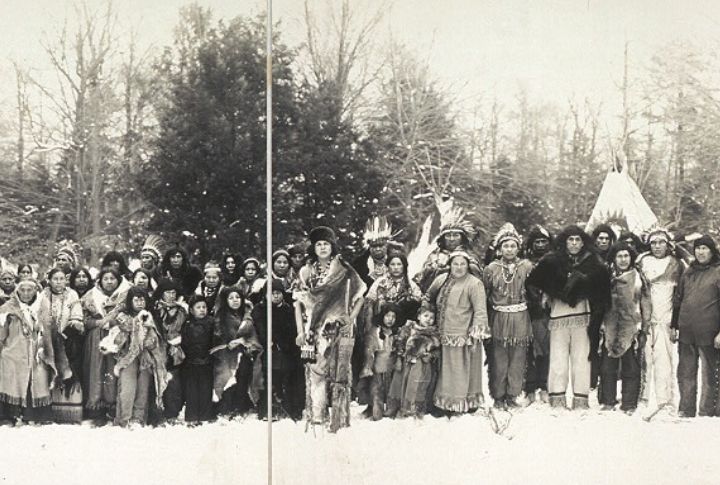
Long before European settlers arrived, the Iroquois Confederacy, or Haudenosaunee, formed a political alliance that was governed by the Great Law of Peace. This union of six nations shaped their identity. Today, their matrilineal traditions and democratic principles still impact modern governance and educational programs.
Cherokee
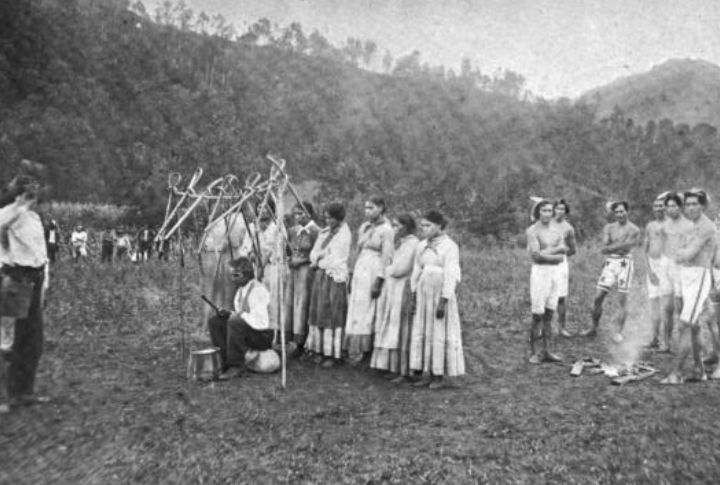
The Cherokee Tribe, also called the Ani-Yunwiya, cherishes intricate beadwork and ceremonial dances that preserve ancestral wisdom and express a deep spiritual connection to nature. Once spread across the Southeastern woodlands, they have a legacy of perseverance forged through the hardships of the Trail of Tears.
Choctaw
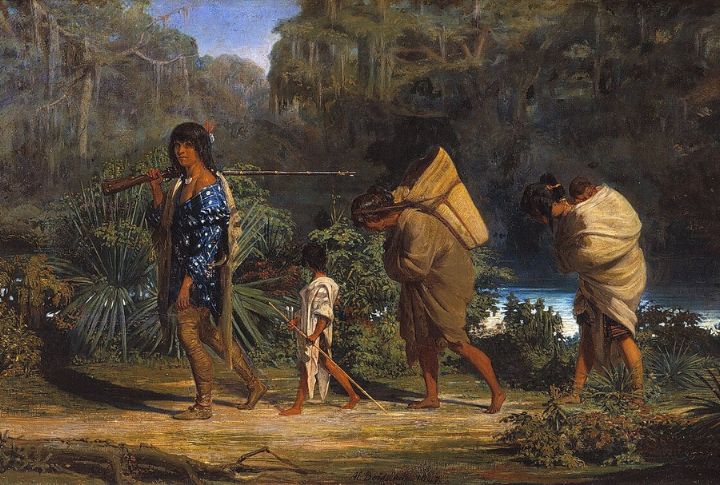
Strong alliances and cultural continuity shaped the Choctaw Tribe’s legacy, rooted in the Mississippi Valley, which still resonates today. Their resilience spans from the Trail of Tears to leading WWII Code Talkers. Moreover, traditional stickball, expressive dances, and flourishing language revitalization preserve their vibrant cultural identity.
Pueblo

From ceremonial kachina dances to pottery painted with ancestral symbols, the culture of the Pueblo communities pulses with timeless precision. They built multi-story adobe villages that still stand today. Each pueblo holds a unique identity, yet all share a deep respect for harmony and land stewardship.
Blackfeet (Blackfoot)

Once powerful bison hunters of the northern plains, the Blackfeet Tribe continues to preserve its stories in oral traditions and vibrant regalia. Their strength shaped generations, as seen in their Sun Dances and tipi art. Today, language schools and land reclamation projects honor a living heritage passed from elders to youth.
Seminole
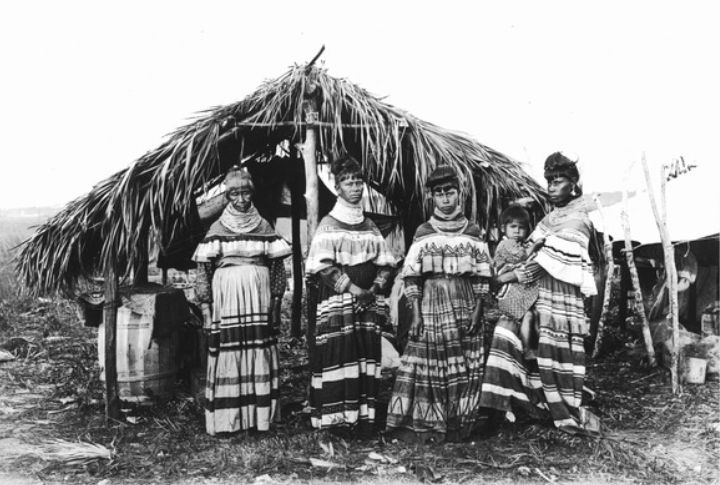
The Seminole Tribe formed from a blend of Indigenous groups and escaped African slaves in Florida. Famous for their resistance in the Seminole Wars, they now honor their survival through traditions such as alligator wrestling exhibitions and Green Corn Dances that blend ceremonial roots with adaptability and strong communal identity.
Shoshone

Spread across the Great Basin and beyond, the Shoshone Tribe holds a legacy forged in endurance. Known as skilled traders and resourceful gatherers, they once walked vast migration routes. Their bright clothing and connection to horseback life reflect who they truly are.
